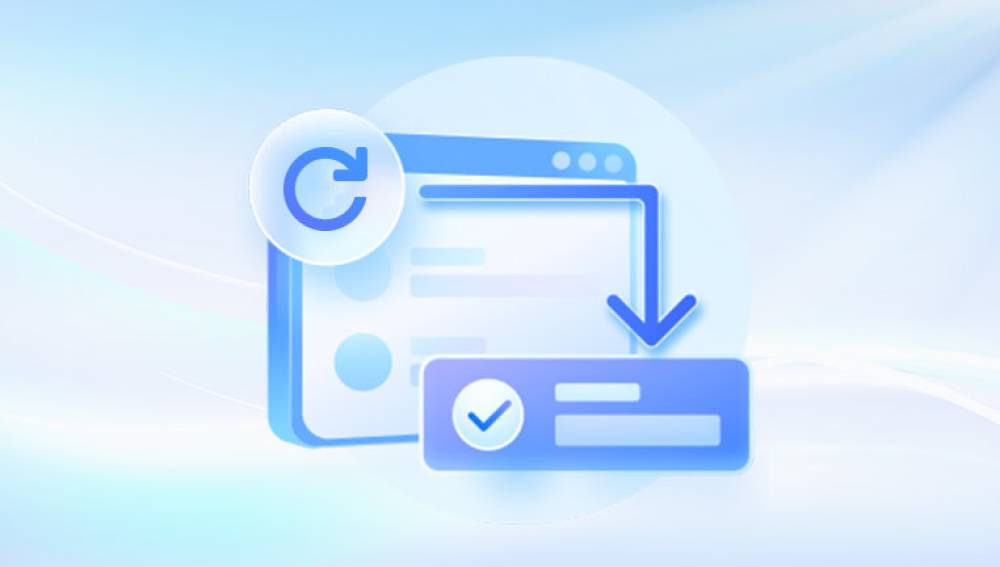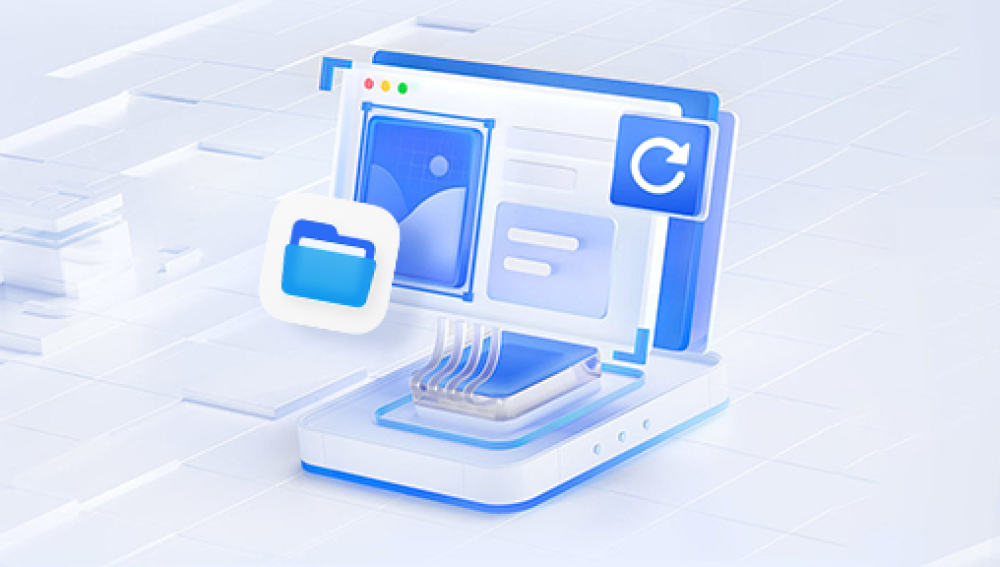When a computer fails to display after changing the CPU, it can be a daunting issue that stems from various potential causes.
Preliminary Checks
1. Check Compatibility
Motherboard Compatibility: Ensure the new CPU is compatible with the motherboard. Check the motherboard’s official documentation or manufacturer's website for a list of supported CPUs. Sometimes, even a physically fitting CPU may not be electronically compatible.
BIOS Version: A motherboard may need a BIOS update to support newer CPUs. Check the motherboard's support page for BIOS updates and instructions on updating the BIOS.

2. Physical Connections
Power Supply: Confirm that all power connections are properly connected. This includes the 24-pin motherboard connector, the 4/8-pin CPU power connector, and any additional power connectors required by high-end CPUs.
CPU Seating: Ensure the CPU is correctly seated in the socket. Misalignment or bent pins can cause the system to fail to boot.
Cooler Installation: Verify that the CPU cooler is properly installed. An improperly mounted cooler can lead to overheating, which can prevent the system from booting.
Post-Installation Checks
1. Clear CMOS
Clearing the CMOS resets the BIOS settings to default, which can resolve conflicts or incorrect settings caused by the new CPU. Locate the CMOS jumper on the motherboard or remove the CMOS battery for a few minutes.
2. RAM Issues
Reseat RAM: Remove and reseat the RAM sticks to ensure they are properly installed. Faulty or improperly seated RAM can prevent the system from displaying anything.
Check for Compatibility: Ensure that the RAM is compatible with both the motherboard and the new CPU. Refer to the motherboard’s QVL (Qualified Vendor List) for supported memory.
Deep Dive into BIOS Settings
1. Update BIOS
Updating the BIOS can solve compatibility issues with new CPUs. Follow the motherboard manufacturer’s instructions for updating the BIOS, which usually involves downloading the update file and using a USB drive to flash the BIOS.
2. Configure BIOS Settings
Reset to Defaults: Enter the BIOS setup and reset all settings to default. This can resolve conflicts that prevent the system from booting.
Check CPU Settings: Ensure that settings such as CPU voltage, frequency, and multipliers are appropriate for the new CPU. Overclocking settings from a previous CPU might not be suitable for the new one.
Hardware Testing
1. Test with Minimum Configuration
Bare Minimum Boot: Disconnect all peripherals and unnecessary components, leaving only the CPU, one stick of RAM, and the power supply connected. This can help isolate the problem.
Swap Components: If possible, test the system with another compatible CPU or test the new CPU in another compatible system to rule out hardware defects.
2. Inspect for Physical Damage
CPU Socket: Inspect the CPU socket for any bent or damaged pins. Bent pins can prevent proper contact between the CPU and the motherboard.
Motherboard Inspection: Look for any signs of physical damage or burnt components on the motherboard.
Troubleshooting Peripherals and External Factors
1. Graphics Card Issues
Integrated vs. Dedicated GPU: If using a dedicated graphics card, ensure it is properly seated and connected. If the CPU has integrated graphics, try booting without the dedicated GPU.
Monitor and Cables: Verify that the monitor and cables are functioning correctly. Test with another monitor or cable if possible.
Software and Driver Considerations
1. Operating System Compatibility
Reinstall OS: Sometimes, a new CPU can cause issues with the operating system. Reinstalling the OS can resolve these issues.
Driver Updates: Ensure that all system drivers, particularly chipset and graphics drivers, are up to date.
Advanced Diagnostic Steps
1. Power Supply Check
PSU Adequacy: Ensure the power supply unit (PSU) can handle the new CPU’s power requirements. High-end CPUs can require more power, and an inadequate PSU can prevent booting.
Test PSU: Use a multimeter or PSU tester to verify that the PSU is delivering correct voltages.
2. Professional Help
Consult a Technician: If all else fails, consulting a professional technician might be necessary. They can perform more advanced diagnostics and potentially identify issues that are not easily noticeable.
Preventive Measures and Best Practices
1. Proper Handling and Installation
Static Precautions: Always use an anti-static wrist strap and work on a grounded surface to prevent static damage to components.
Follow Manufacturer Instructions: Adhere strictly to the manufacturer’s installation instructions to avoid improper seating or connection of components.
2. Regular Maintenance
Regular Updates: Keep the BIOS and system drivers regularly updated to maintain compatibility and performance.
Component Inspection: Periodically inspect components for signs of wear or damage to prevent future issues.
Case Study: Common Scenarios
1. BIOS Incompatibility
A user upgraded their CPU to a newer model without checking the BIOS version. The system failed to display any output. The user identified the issue by checking the motherboard’s support page, updated the BIOS using the old CPU, and successfully booted with the new CPU afterward.
2. Faulty Power Supply
A high-end CPU upgrade required more power than the existing PSU could provide. The system failed to boot, displaying no signs of life. The user replaced the PSU with a higher wattage unit, resolving the issue.
3. Bent CPU Pins
A user installed a new CPU but accidentally bent a few pins in the socket. The system failed to display. After carefully straightening the pins using a fine needle, the CPU was properly seated, and the system booted successfully.




